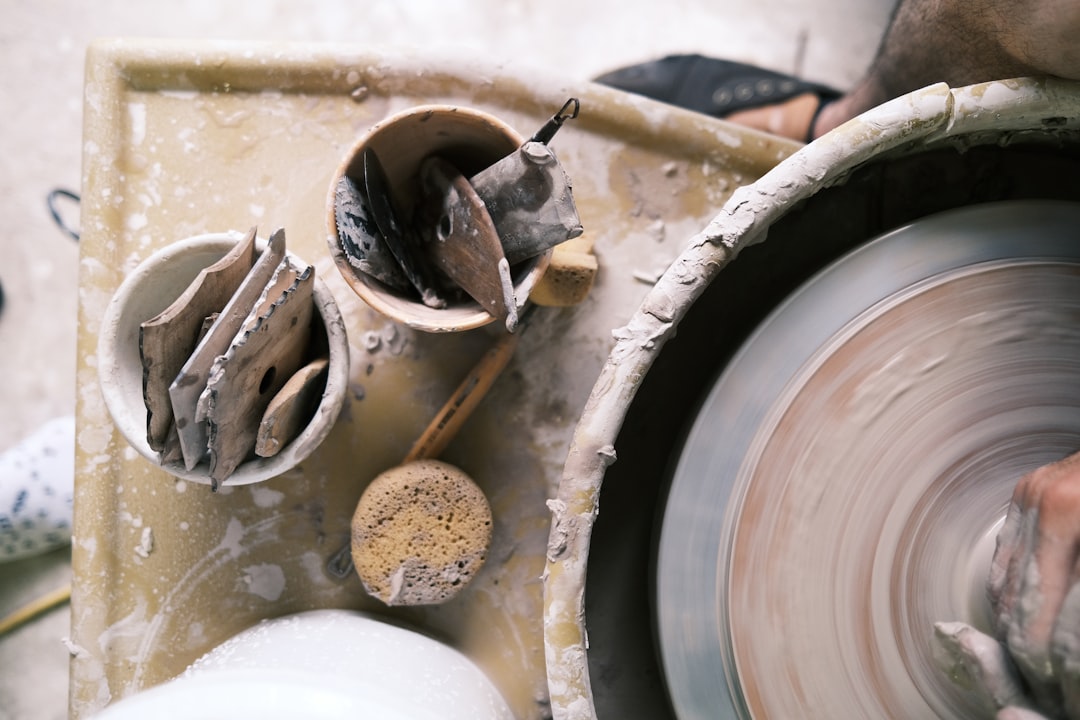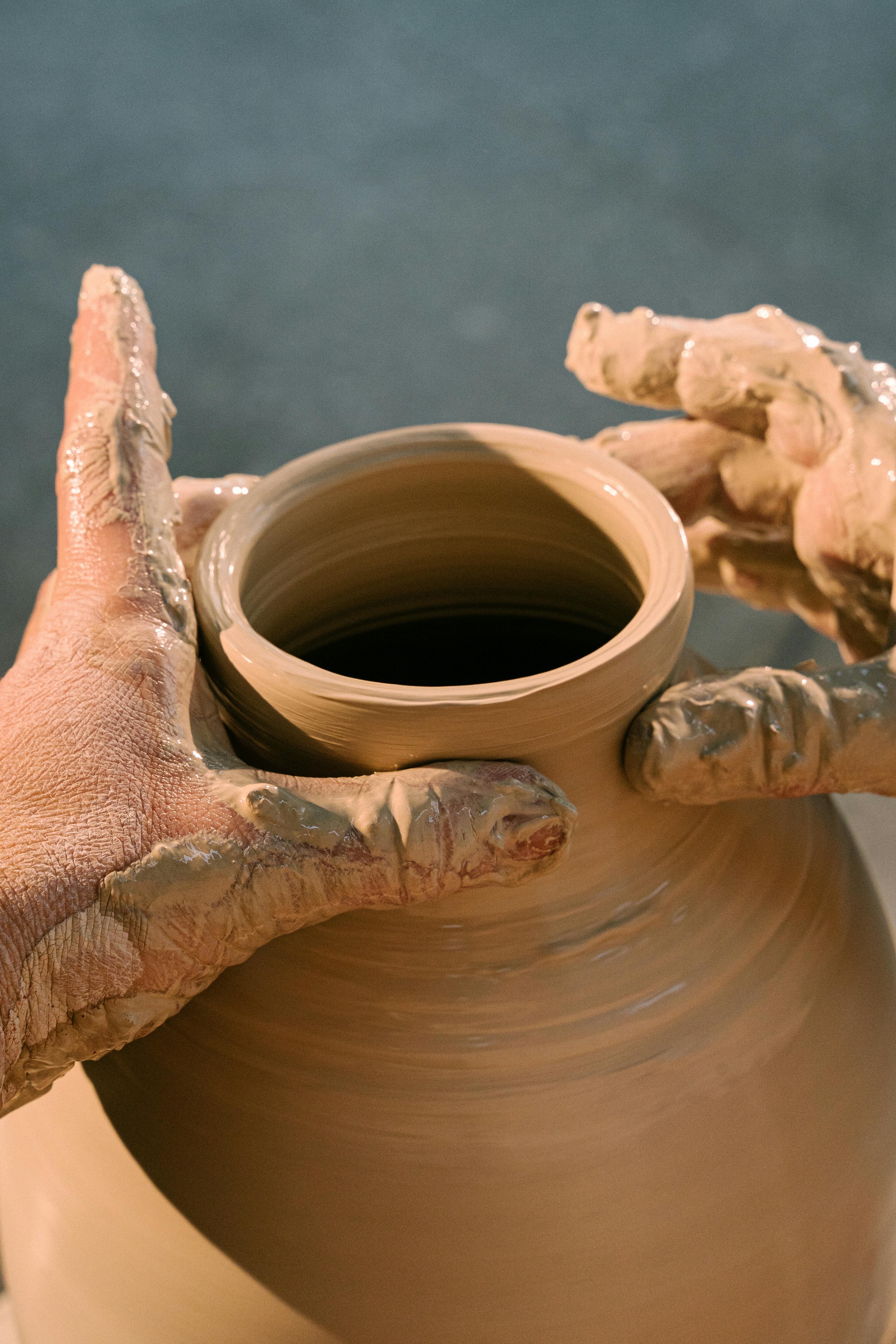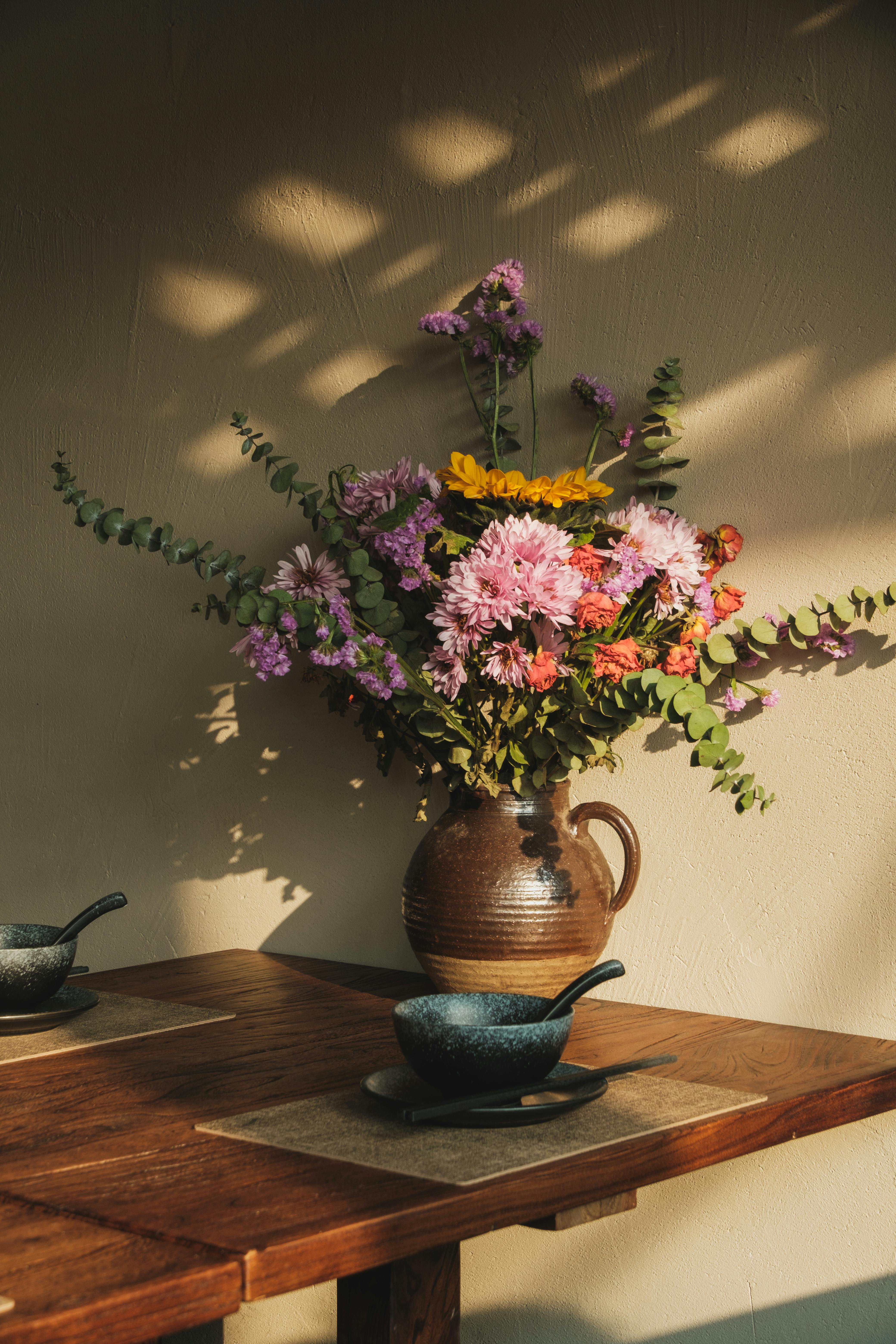Introduction to Pottery

Pottery is one of the ancient human crafts that has stood the test of time. It involves the process of shaping clay into dishes, vases, and other functional or decorative objects. For many, pottery is a therapeutic practice that nurtures creativity and skill.
Pottery Techniques

There are several techniques in pottery making, each with its unique attributes and learning curve. Two popular methods are:
- Throwing on the Wheel: Using a pottery wheel to shape clay.
- Hand Building: Constructing pieces without a wheel.
Each technique brings its own set of challenges and creative opportunities. Beginners often start with hand building as it requires less technical equipment and gives a foundational understanding of the material.
Beginning Your Pottery Journey

For those starting, finding the right class can make all the difference. Pottery Hand Building for Beginners is an excellent introduction to the basics of hand building in pottery. This class covers essential techniques and provides a supportive environment for beginners.
Advanced Pottery Techniques

Once the basics are mastered, students can explore more advanced classes. For a deeper dive into pottery techniques, the Advanced Beginner Pottery class at Berkeley offers opportunities to refine skills and explore more complex projects. This class helps intermediate students further develop their artistic voice and technical proficiency.
The Relaxing Benefits of Pottery

Pottery is not just about creating beautiful objects; it also offers numerous mental health benefits. The process of working with clay can be meditative, helping to alleviate stress and promote mindfulness. Potters often describe a sense of calm and fulfillment that comes from engaging with this tactile craft.
Conclusion
As you embark on your pottery journey, you’ll discover a rich world of creativity and self-expression. Whether you’re hand building simple pots or throwing intricate designs on the wheel, pottery offers endless opportunities for artistry and relaxation. For more insights and useful articles, check the recent posts on our blog.
Saramics Pottery’s Teapots?!?!
Pottery easy isn’t just a catchy phrase; it’s an invitation to discover the joy of crafting something unique with your own hands. Whether you’re a novice eager to explore this ancient art form or a seasoned potter refining your technique, Saramics Pottery’s video “Teapots?!?!” offers valuable insights and techniques to help you create stunning teapots with ease.
What is the easiest thing to make in pottery?
If you’re new to pottery, picking simple projects will help you gain confidence and learn the basics. Here are some easy ideas you can try right away:
• Pinch pots: A perfect starting point for hand-building; they’re quick and let you get comfortable with shaping clay.
• Slab pottery ideas: Use flat pieces of clay to create plates, coasters, or small boxes—ideal for practicing cutting and assembling.
• Pottery painting ideas: Experiment with colorful glazes or underglazes to personalize your pieces and get a feel for decorative finishes.
• Jewelry dish: Create a small dish to hold rings and earrings while exploring various clay textures and forms.
• Vase: Making a simple vase lets you practice forming cylindrical shapes, especially useful when learning wheel-throwing.
• Paint palette: Design your own palette for painting projects; it’s fun to shape and glaze for everyday use.
• Cookie cutter decorations: Use cutters to form ornaments, gift tags, or festive décor—perfect for trying new designs.
• Clay spoons: A handy skill-builder that teaches you about shaping handles and smoothing surfaces for practical tools.
Is pottery easy for beginners?
Starting your pottery journey can feel both exciting and challenging. Although pottery does require patience and practice, you’ll naturally grow more comfortable with each piece you create. Many potters spend years refining their techniques, but if you’re motivated and open to learning from mistakes, you will see steady progress. Understanding different clay types and taking time to experiment also helps you improve faster.
What do beginner pottery need?
If you’re ready to explore pottery at home, begin with a basic setup:
• Clay: Choose an easy-to-handle option like earthenware or a beginner-friendly stoneware.
• Small ceramic kiln: Essential for firing your finished pieces if you want them to become durable, functional ceramics.
• Basic pottery wheel: Helps you learn wheel-throwing techniques, though hand-building is an option if you prefer.
• Modeling tools: A simple set of trimming, cutting, and smoothing tools will support your creative process.
Over time, you can upgrade your tools and experiment with new clays, glazing techniques, or specialized equipment as you discover what you enjoy most.
Pottery easy truly opens up a world of creativity and relaxation. By getting your hands dirty and shaping clay into something beautiful, you not only create unique pieces but also find a therapeutic escape from the everyday hustle. Remember, every great potter started with simple steps, so don't be afraid to experiment and enjoy the journey of mastering this timeless craft.
Stay Connected and Keep Creating
I’d love to see your pottery creations and share more tips and inspiration with you! Make sure to follow us on Instagram for the latest updates, tutorials, and a supportive community of fellow pottery enthusiasts. Let’s continue to grow and explore the wonderful world of pottery together!
